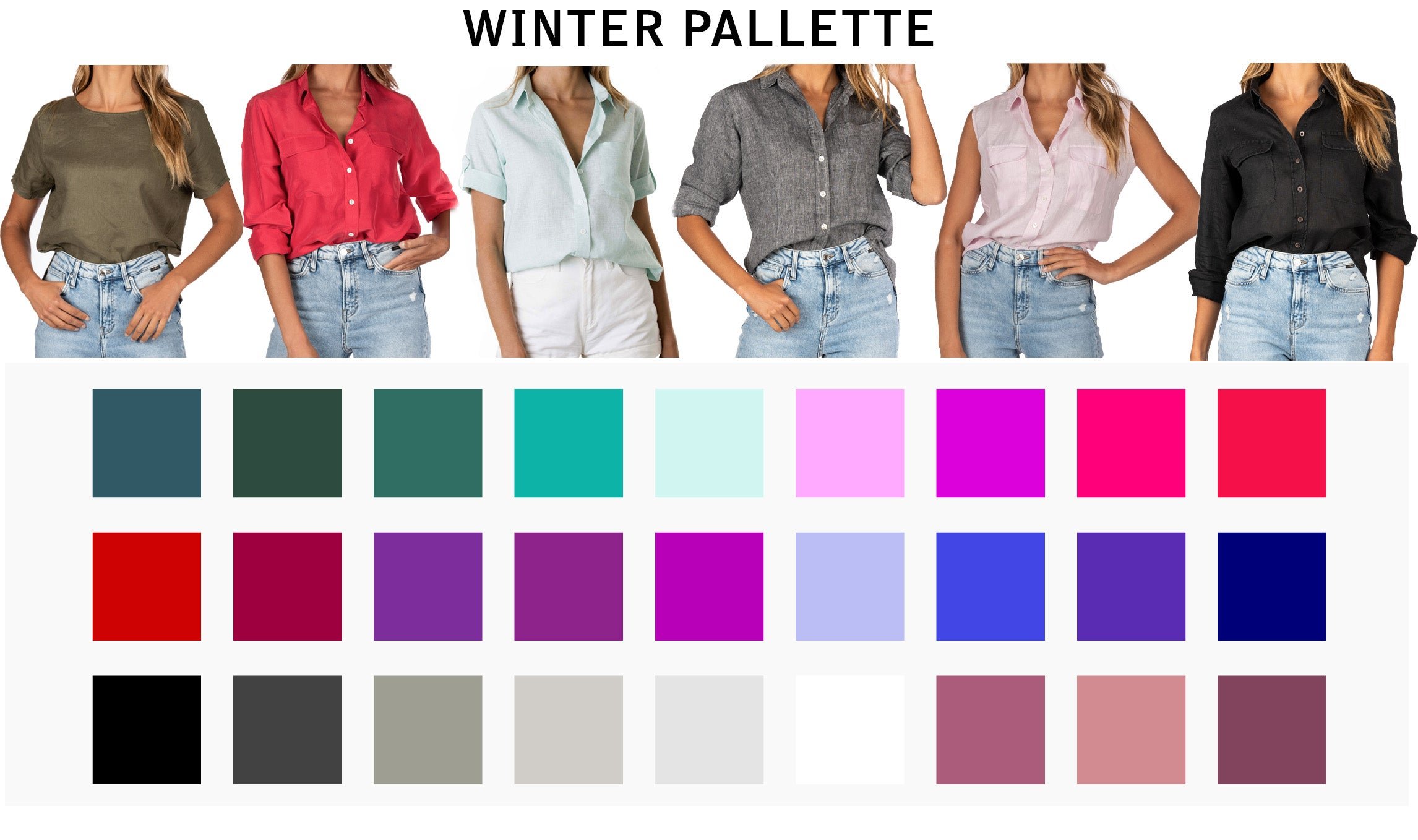Understanding Seasonal Color Analysis
Image Courtesy: Camixa
Color analysis has existed for a long time in the fashion world as a helpful tool for making features stand out rather than being outshined by clothing. It’s a valued skill to be able to notice how specific colors work with skin tones, especially on red carpets and in photography. But understanding which colors are best suited for your appearance does not mean you should only wear those shades. Fashion has no distinctive rules, and you should feel free to wear whatever you choose, regardless of the set of colors your analysis assigns to you.
If you want to try color analysis, it can be an enjoyable experience, and there are a few different ways you can be a part of the art of color styling. Many people opt for the trial-and-error process by wearing new colors, which could be for you if you’ve never tried certain shades because of the lasting stigmas that categorize people. But the formal route for finding your specific season and curated color scheme would include a session with a professional color analyzer.
The analysis works by considering features such as eye color, hair color, and skin tone and how these attributes work together to create your unique look. Similar to how an artist works with paints to create different values and shades, color analysis experts experiment with undertones to try to make a subject stand out in the best way possible. The objective is to look like you’re wearing clothes, not that the clothes are wearing you. Experts like Carol Brailey share their knowledge on TikTok to help people find their personal color matches through accessible techniques for all or personalized sessions.
Color theory is a vital part of seasonal color analysis. It is essential to understand which colors are complementary and how they work together on the color wheel when matching features with fabrics. Color analysis categorizes people into their respective seasons: spring, autumn, summer, and winter. By thinking in warm or cool and bright or neutral, wearing certain colors can help minimize unwanted blemishes and accentuate preferred features like eyes or lips. Anyone can participate in a color analysis through online quizzes or digital filters on social media.
Although most experts say that natural coloring is often best suited for people when it comes to hair color and other customizable features, you should be able to experiment with wearing and looking however you choose, despite what a filter suggests. Mixing in shades of clothing that align with a specific color scheme can be incredibly flattering, but don’t feel the need to get rid of clothes you love just because they don’t fit the standard. Remember that personal style has no rules, and there’s no one color for each person, so why not wear them all?
Strike Out,
Matilda Pollard
Boca Raton
Matilda Pollard is a Content Writer for Strike Magazine Boca. She is a proud Pisces who loves all things creative. Her hobbies include trying new foods and watching classic rom-coms. You can reach her at mpollard280@gmail.com




